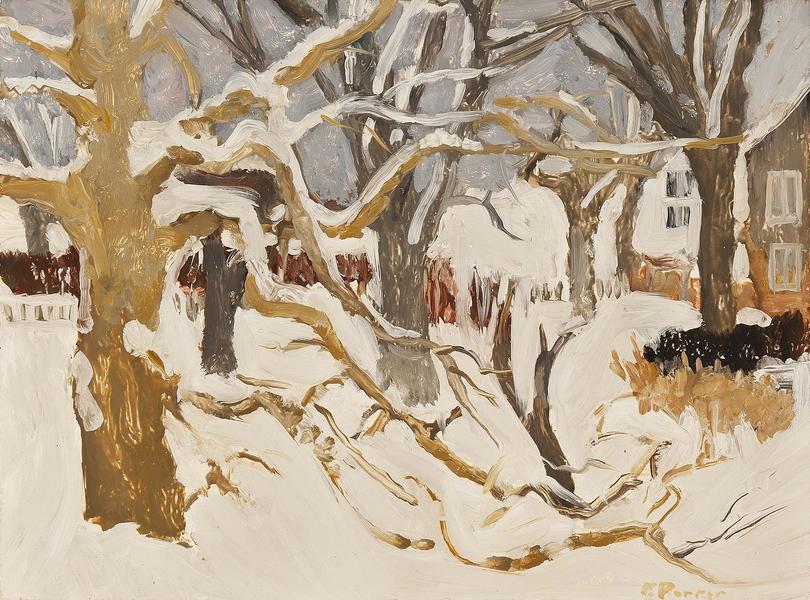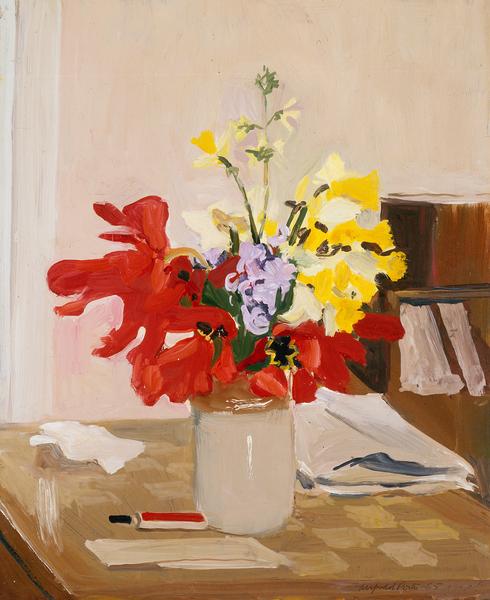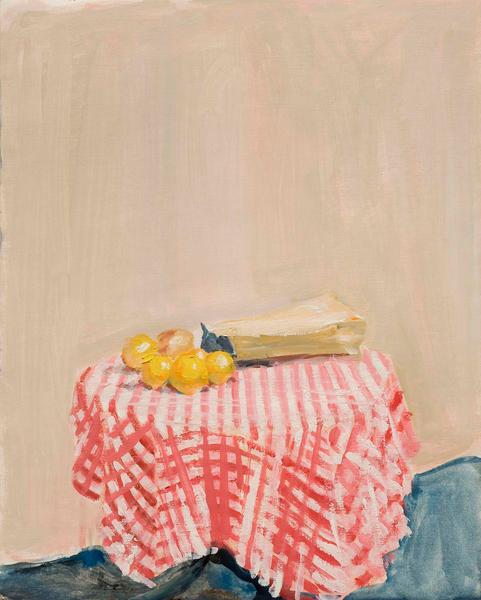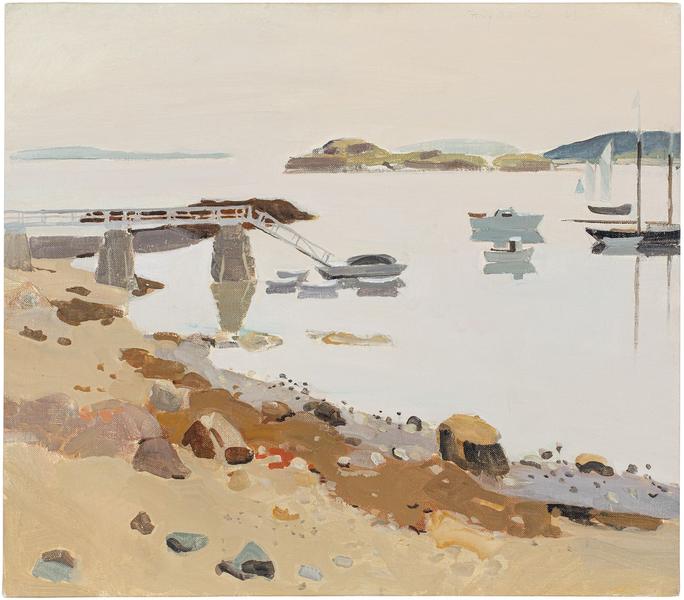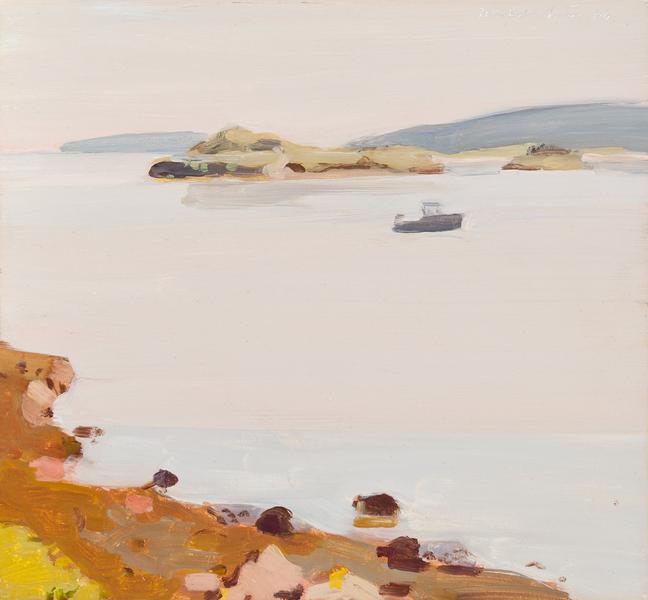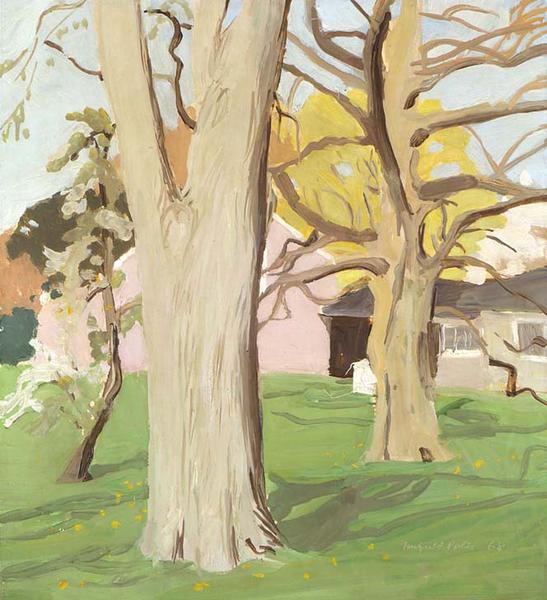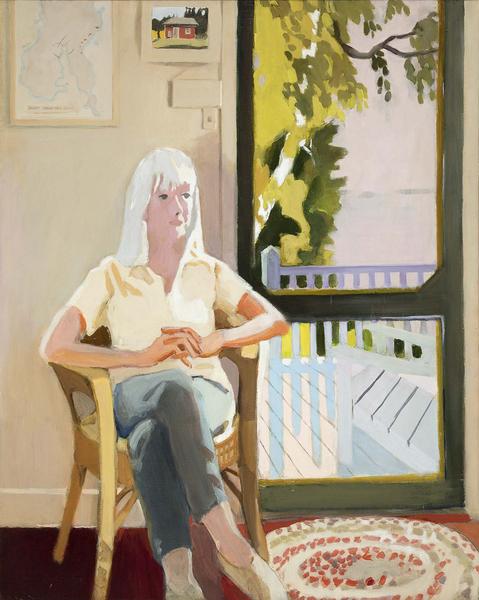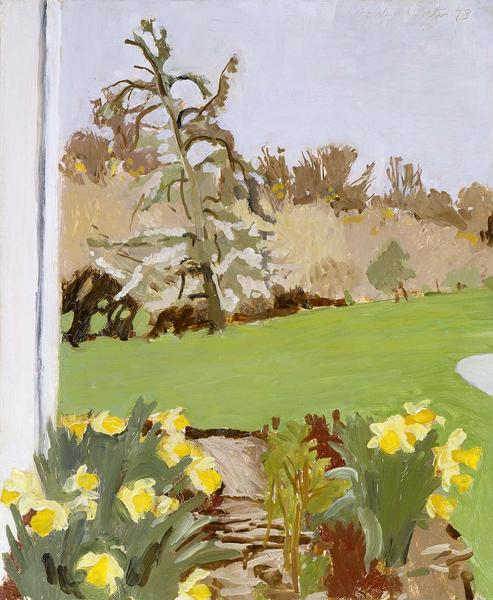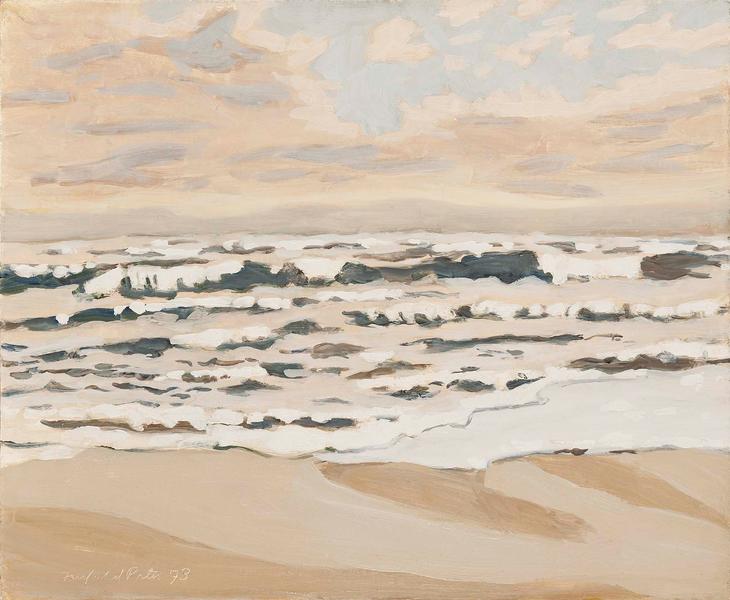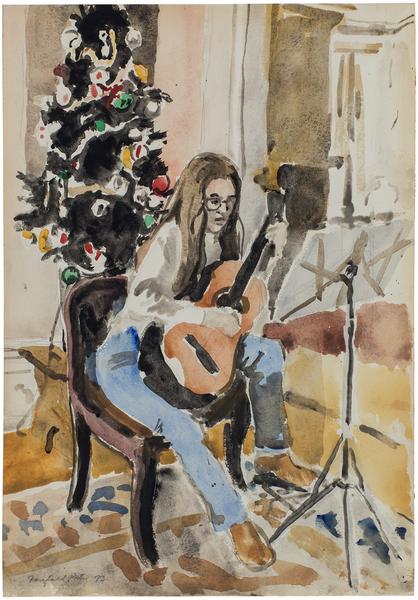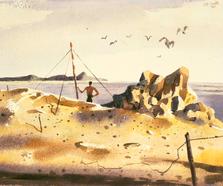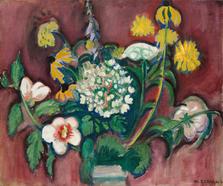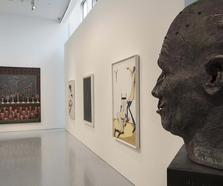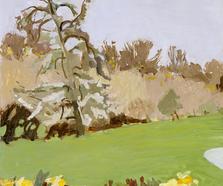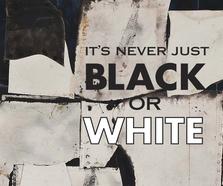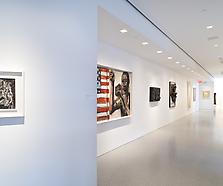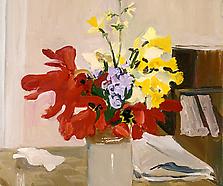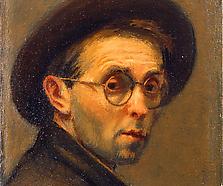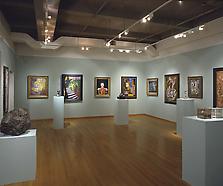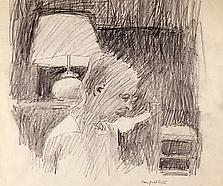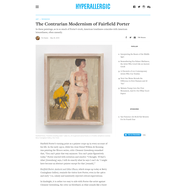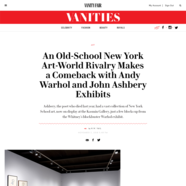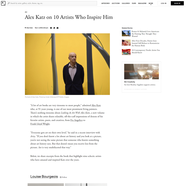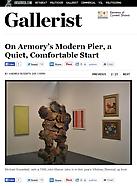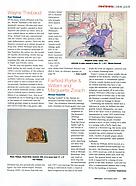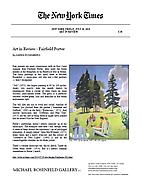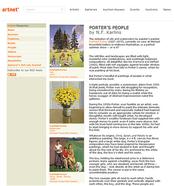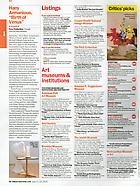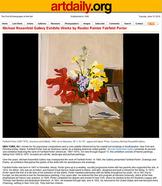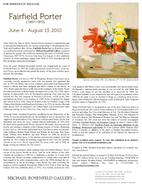“The profoundest order is revealed in what is most casual.”[1]
Known for lyrical compositions and a color palette influenced by his coastal surroundings in Southampton, New York and Penobscot Bay, Maine, Fairfield Porter had a career as both artist and critic. Born in 1907 in Winnetka, a wealthy suburb of Chicago, Porter grew up in a socially progressive home with parents who supported the arts. In 1912, his father, an architect, purchased Great Spruce Head Island in Maine and designed and built a retreat for the family. The following year, Porter spent the first of what would become a lifetime of summers on the island. Throughout his childhood, Porter traveled extensively with his family, and on a 1921 trip to Europe, he developed a love for Renaissance painting. In 1925, he entered the fine arts program at Harvard University, which at the time emphasized art history over art making. He graduated with a BS in fine arts in 1928 and headed to New York City, where he studied at the Art Students League with Thomas Hart Benton and Boardman Robinson. In 1931, he traveled through Italy, and in 1932, he returned to the United States and married poet Anne Channing, settling in New York. They had five children.
Financially, Porter was largely unaffected by the Depression of the 1930s. However, he was moved to action by the hardship he saw all around him and participated in conversations on how to alleviate economic and social inequality. He used his own funds to support the journal Living Marxism, the collaborative nature of which appealed to him, and he wrote and illustrated for Arise, another leftist publication. In 1936 after the death of his grandmother, Porter moved his family to Winnetka in order to be close to his parents. While in Illinois, he exhibited locally and became a member of the Chicago Society of Artists. In 1942, Porter’s father died, and Porter returned to New York, where he met and befriended New York School poets and painters John Ashberry, Robert Dash, Elaine and Willem de Kooning, Alex Katz, Frank O'Hara, Neil Welliver, and Jane Wilson. He eventually moved to Southampton, where many of the abstract expressionist painters lived and painted. In 1951, after a friendly dispute with Porter over an Arshile Gorky exhibition, Elaine de Kooning suggested he take over her monthly column at ARTNews. Porter stayed there for seven years, and in 1959, he began writing art criticism for The Nation. His writing has been praised for its sensitivity to the diverse trends in the New York art world and its refusal to tell artists how to paint.

